Will the 2020-21 bushfire season be as bad as the last bushfire season?
The 2019-20 bushfire season made headlines across the world.
Months of severe drought and record-breaking temperatures fuelled enormous bushfires across the country, with over 50 fires burning at once across NSW and Victoria.
The “mega blazes” burned through 46 million acres of land across Australia, killing at least 34 people and over three billion mammals, birds and reptiles.
The season lasted for months, shrouding much of the country in thick smoke, and prompting air purifiers to sell out throughout Australia.
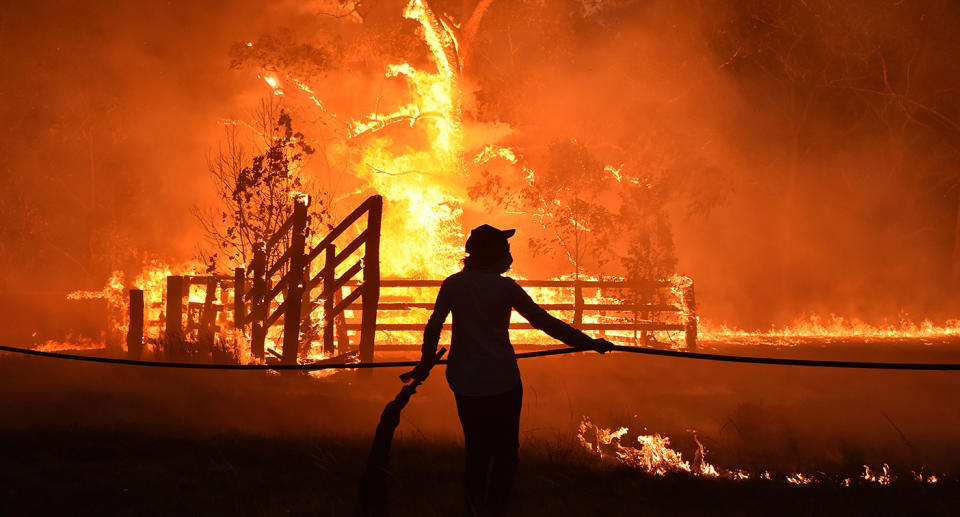
Richard Thornton, the CEO of the Bushfire and Natural Hazards Cooperative Research Centre said this year’s conditions would not be as bad.
“We aren’t expecting the same extreme conditions as last year,” Dr Thornton said.
“The main fire risk for Australia this summer will be grass fires in the east and bushfires in the west.”
Will this year’s summer be as hot as last summer?
Probably not – but that’s not to say there isn’t still a significant bushfire risk.
“2019 was Australia’s hottest and driest year on record,” Leader of the Earth Systems and Climate Change Hub at CSIRO, Professor David Karoly, said.
“Although we were expecting cooler conditions this year, spring set a new record high temperature across Australia.

“Australia has had a higher rainfall this year, which does reduce the risk of bushfire.”
However, there’s been a late onset of the wet season, so the heat and dryness have still had a chance to take hold, as evidenced by the fires that are currently burning on Fraser Island.
Will this year’s bushfire season be as deadly as last year?
“The good news is our levels of preparedness – both by fire agencies and communities – are increasing as our weather conditions become more extreme,” Professor Karoly said.
“The message is getting out there that people must have a plan in place, and to leave areas as soon as advised.”
'A step beyond': Australian suburb singled out over 'unprecedented' weather
Urgent bushfire warnings as Australia swelters through extreme heatwave
He pointed out that during the Ash Wednesday fires in 1983, 75 lives were lost; on Black Saturday in 2009, 173 lives were lost, and in the 2019/2020 fires, 34 people were killed.
“Hopefully if there are fires this year, the numbers of lives lost will be even less,” he said.
How will La Niña impact on the bushfire threat?
La Niña is a regular phenomenon that occurs every three to eight years in the equatorial Pacific Ocean.
It results in increased rainfall over most of the country, with cooler daytime temperatures south of the tropics and warmer overnight temperatures in the north.

While the increased rainfall most of Australia has experienced this year technically reduces the risk of bushfires, it has other effects.
“Increased rain means there’s been prolific growth of grasses. It only takes a week or so of extreme heat in summer for grass to turn brown, raising the risk of grass fires,” Professor Karoly said.
Why are grass fires so dangerous?
“Grass fires might not initially appear to be as dangerous as forest fires, but this is deceptive,” Professor Karoly said.
“They can be started easily, move very quickly, and can become particularly dangerous when there are strong winds that rapidly fan flames. When wind changes direction, this can be even more dangerous, as it catches people out.”
This happened in 1969 when strong winds helped 12 grass fires in Victoria burn 250,000 hectares of land across Lara, Daylesford, Dulgana, Yea, Darraweit, Kangaroo Flat and Korongvale.
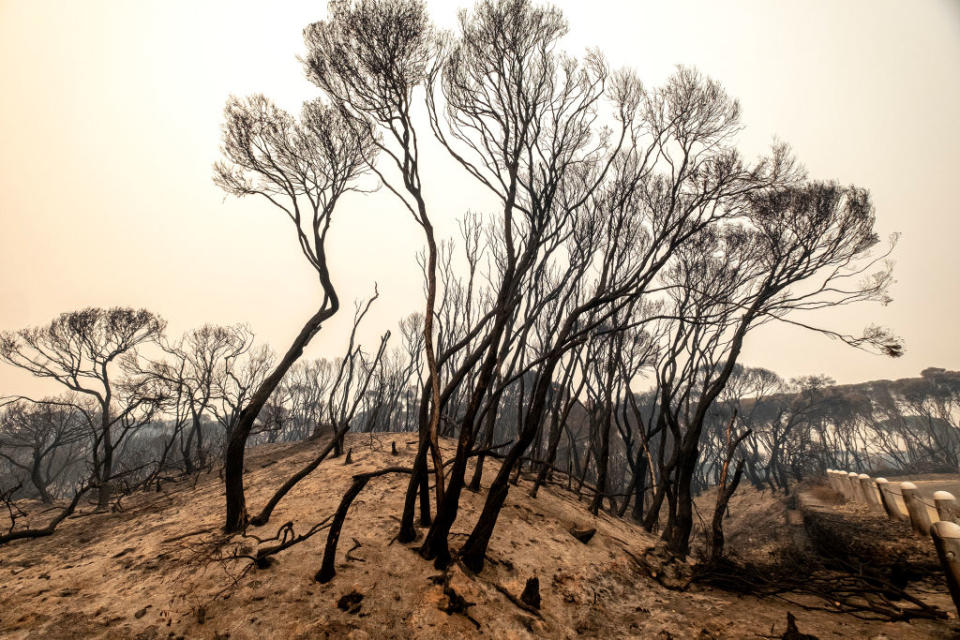
The fires generated a fireball of around four metres high, and motorists on the Geelong to Melbourne freeway were caught out when the wind changed direction.
It killed 23 people, and 12,000 livestock.
In 2020, grass fires are also particularly dangerous as there will be more tourists in rural areas due to COVID-19 restricting overseas travel.
“There will potentially be more people out in regional Australia who don’t understand the risks around grass fires – in terms of how easily they’re started, or what to do to keep yourself safe if you’re near one,” Dr Thornton said.
What is prescribed burning?
Backburning is fire control that’s done when a fire is already burning.
“It burns into the existing fire to remove fuel,” Dr Thornton said.
“Prescribed burning is used as hazard reduction before a fire. It means fires are less intense and generate fewer embers, which is often what causes damage to property.
60,000 koalas killed of affected by ‘black summer’ bushfires
Disturbing predictions for Australia ahead of bushfire season
‘What a difference’: Firies share incredible photos one year apart
“On catastrophic fire days, it will reduce the intensity of a fire for a short while but won’t reduce the impact. Prescribed burning has its place and is one of many tools used to prevent fires.”
Has more prescribed burning been done this year?
After the 2019 and early 2020 fires, it was suggested that state governments should meet a target of prescribed burning on five per cent of land, which was the recommendation by the Royal Commission into the 2009 Black Saturday bushfires.
However, many states couldn’t achieve this, and there’s still a lot of debate about how much prescribed burning is the right amount.
“There is broad agreement that prescribed burning reduces the impacts of bushfires — which destroy lives, property and ecosystems,” Dr Thornton said.
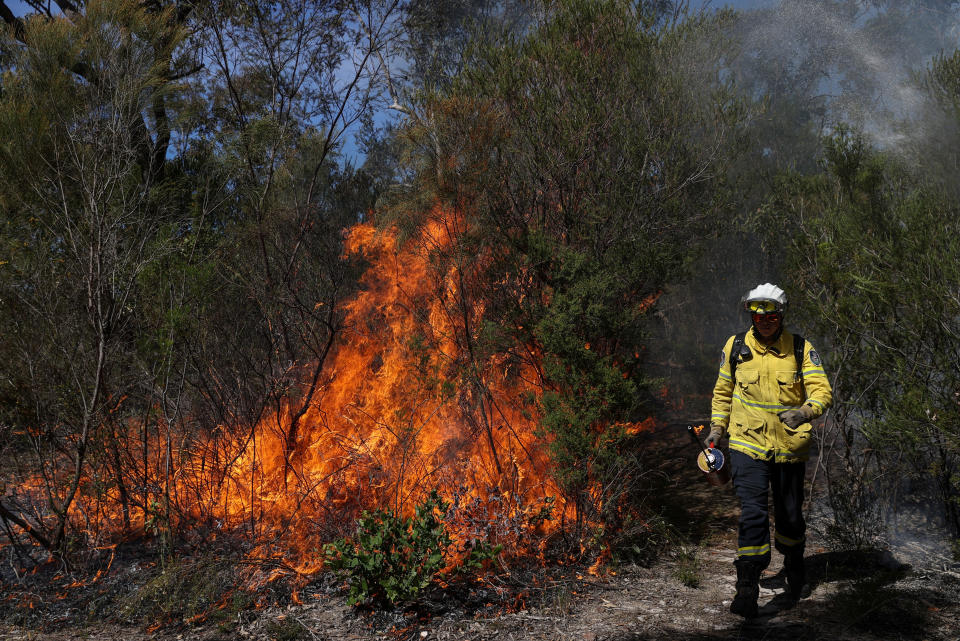
“However, there are several complex perspectives about the nature, science and application of prescribed burning.
“Some people believe more is better ... Others think that too much can affect the environment adversely – it can ruin habitats for wildlife, and generate smoke which puts people at risk.
“No single model can be applied to all eco-systems, which makes it difficult, especially when the climate is changing all the time.”
He points out that it’s becoming harder to find a period of time that’s appropriate to do prescribed burning as “the time between wet seasons and long, hot dry seasons are becoming shorter”.
Are we more prepared for the bushfire season this year?
Last year, 70 countries offered assistance with the bushfires, and Australian military assistance was also deployed, seeing “Australia’s largest coordinated interstate and international deployment of fire and emergency personnel by far,” according to the government.
In September this year, NSW Rural Fire Service ran a Get Ready weekend, encouraging residents to find out about bushfire risk in their area and prepare for the fire season.
Drones are also emerging as a useful tool to be able to monitor changing conditions, and help when it’s too dangerous to use manned planes.
As well as having fire service resources ready, it’s these sort of events which will help us be prepared for this year’s season, according to Dr Thornton.
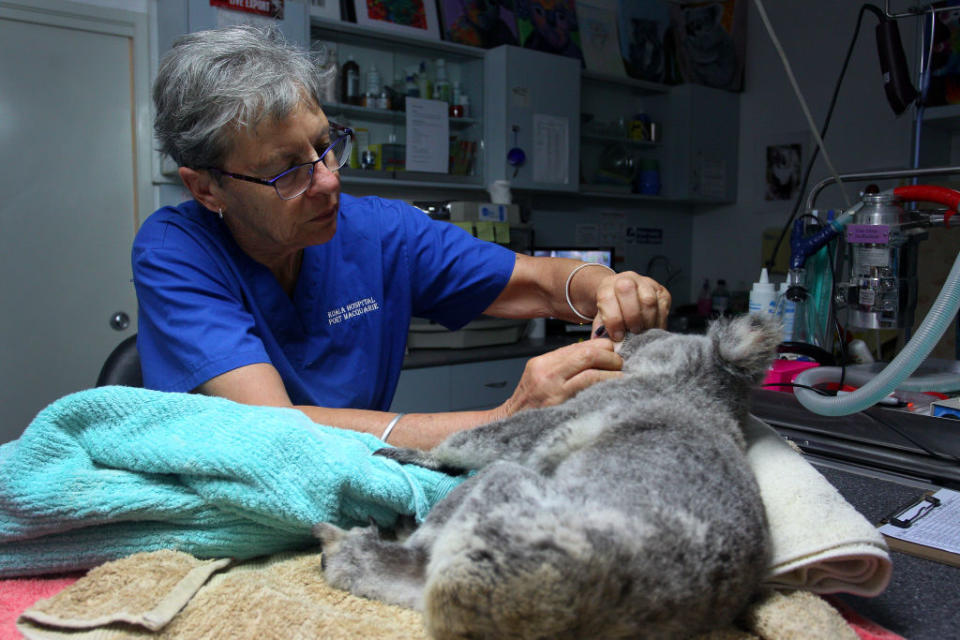
“As much as the fire service can be extremely prepared, the communities at risk must also be prepared,” he said.
“That comes from the messaging and communication from fire services. Now is the time for people to sit down and talk to their families and make a plan. What are you going to do if you live in an area that is at risk of bushfire? Who will you take with you if you leave? What route are you going to take? How will you transport your animals and make sure your kids don’t panic?
“Know what your plan is before there’s a fire at your door – the worst thing you can do is be on the road when there’s a fire chasing you.”
Will there be more terrible bushfires as climate change gets worse?
“Fire danger is very likely to increase in the future for many regions of Australia, exacerbated by the increased occurrence of extreme heat events,” Professor Karoly said.
“This means there will be a higher number of fire danger days, the fire risk will come earlier in the season as days get hotter, and when fires are burning they will be more intense.”
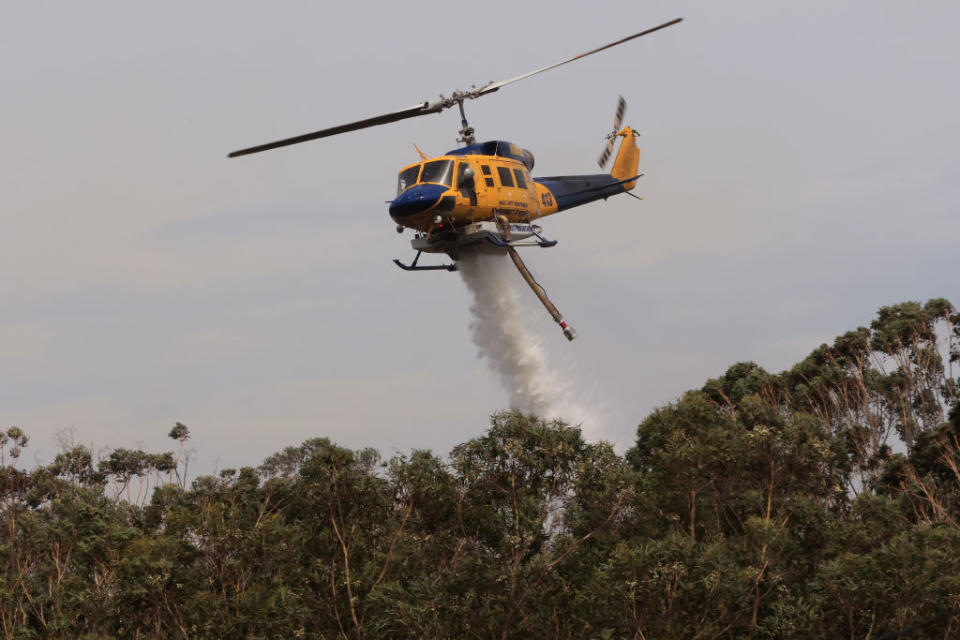
Although fires as intense as the 2019-20 fires might not happen every year, they will probably become more frequent.
“There have been terrible fires in 1939, 1986, 2009 and then 2019,” Dr Thornton said.
“Climate change means the time between these extreme fires will get less and less.”
Can we do anything to stop climate change?
Australia is one of the world’s countries most vulnerable to climate change, due to its dry landscape and already warm climate.
“In 2019, global temperatures were 1.1C above pre-industrial levels,” Professor Karoly said.
“There’s almost no way we can stop the temperature rising above 1.5C now, but if we act rapidly by joining international action on climate change, we could stop it rising above 2C.
“Even if we stop at 2C that would still be about double the magnitude of changes we’ve already experienced.”
Do you have a story tip? Email: newsroomau@yahoonews.com.
You can also follow us on Facebook, Instagram and Twitter and download the Yahoo News app from the App Store or Google Play.



